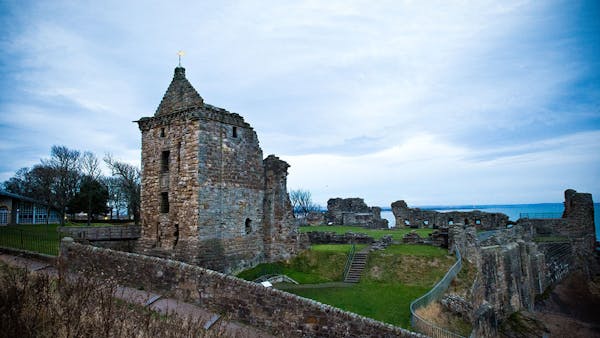THE POLITICAL MACHINATIONS OF THE HOUSE OF STUART
When Henry VIII of England decided to break away from the Roman church he tried to persuade James V of Scotland to join him. Scotland had long been a favorite potential ally of England’s and to have Scotland on the same page religiously would have greatly strengthened the alliance. James V however demurred, he was intent on acting his part as the defender of the faith in Scotland and chose to keep Scotland as Catholic as was possible. One reason for James’ strong desire for Scotland to remain Catholic could have been the influence of his wife and her political ties to France. James V had married the French Mary of Guise who belonged to the politically powerful and religiously militant Guise family. The Guise family was not only staunchly Catholic but aggressively so, being supporters of the Catholic counter Reformation that had been launched by Pope Paul III.
Whatever the causes or reasons may have been, under James V and Queen Mary of Guise Scotland remained decidedly Papal in its outlook which relegated the progress of the Reformation to a small almost underground movement, which would be squashed on the occasions that it seemed to pose a serious political threat.
James V died in 1542 and the heir presumptive to the throne, the Earl of Arran lent his support to certain pro-Protestant measures for a period of time. Some have suggested that this move was politically motivated. While Arran was the heir presumptive, the heir apparent to the throne was the infant daughter of James V and Mary of Guise, Marty Stuart, Queen of Scots. Mary’s mother being a Guise maintained strong political ties with France through her family. Arran, however, entertained the prospect of an alliance with England which at that time had decidedly anti-Papal leanings.
To potentially strengthen political ties between the two countries Arran sanctioned the dispersion of the Bible in the vernacular and also had a part in encouraging the attacks on several urban monasteries in 1543. But Arran’s efforts were essentially thwarted by Cardinal Beaton of St. Andrews, who spearheaded a serious offensive against Protestantism in 1546. As part of this offensive, Beaton hunted, captured, tried and burned George Wishart in March 1546. In May of the same year, a group of Wishart’s supporters made the ill advised move of storming the castle and murdering Beaton whom they literally hung out to dry from a Castle window.

